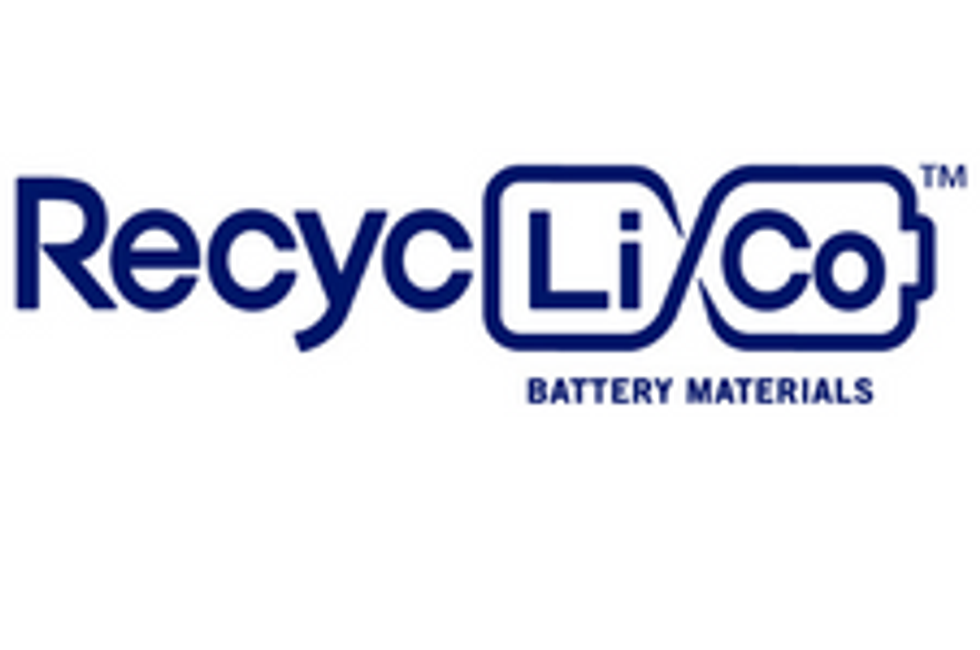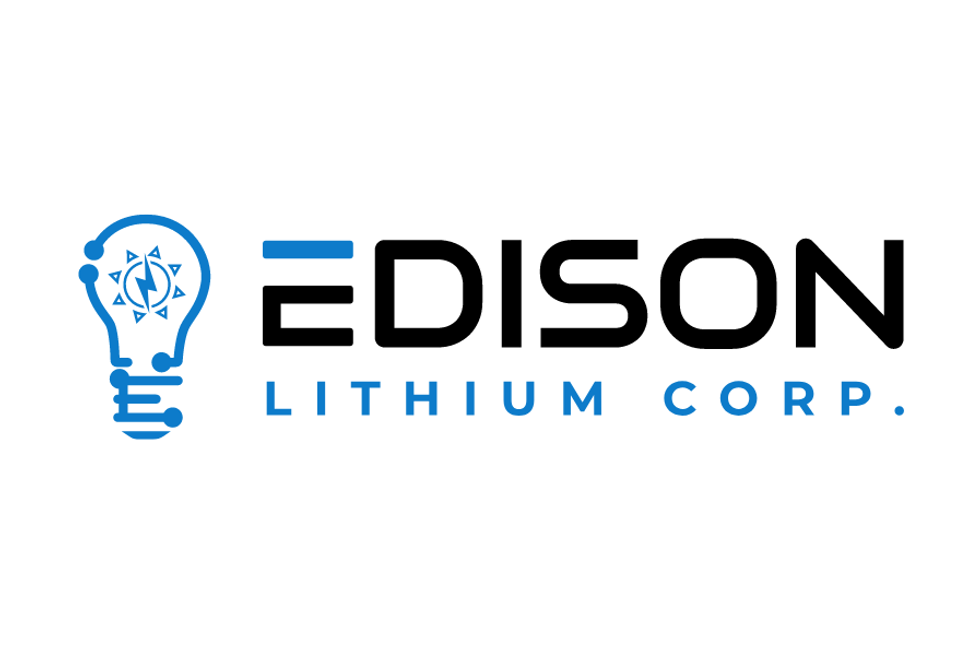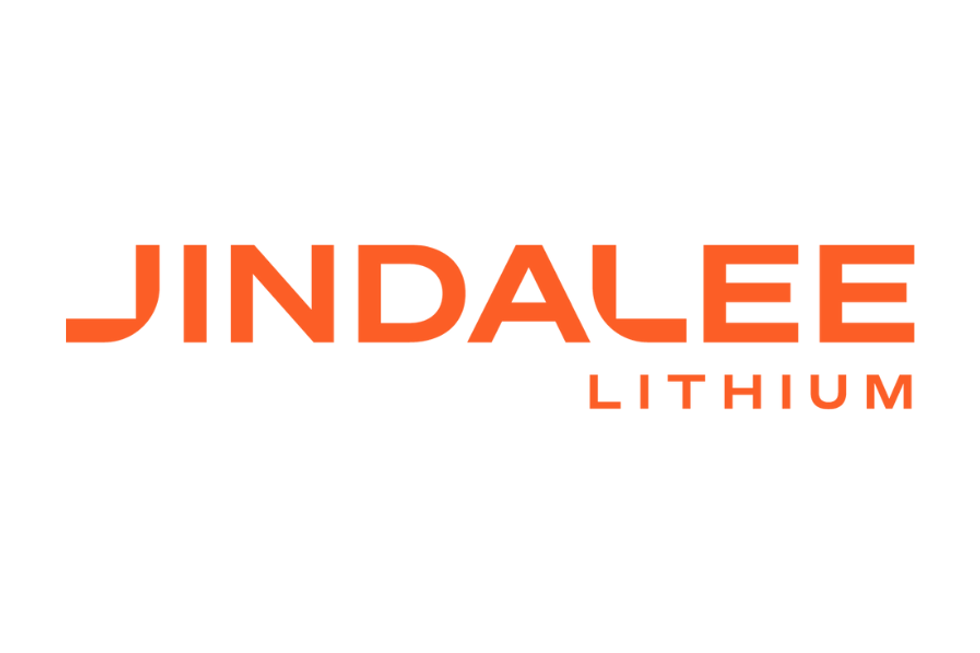- AustraliaNorth AmericaWorld
Investing News NetworkYour trusted source for investing success
- Lithium Outlook
- Oil and Gas Outlook
- Gold Outlook Report
- Uranium Outlook
- Rare Earths Outlook
- All Outlook Reports
- Top Generative AI Stocks
- Top EV Stocks
- Biggest AI Companies
- Biggest Blockchain Stocks
- Biggest Cryptocurrency-mining Stocks
- Biggest Cybersecurity Companies
- Biggest Robotics Companies
- Biggest Social Media Companies
- Biggest Technology ETFs
- Artificial Intellgience ETFs
- Robotics ETFs
- Canadian Cryptocurrency ETFs
- Artificial Intelligence Outlook
- EV Outlook
- Cleantech Outlook
- Crypto Outlook
- Tech Outlook
- All Market Outlook Reports
- Cannabis Weekly Round-Up
- Top Alzheimer's Treatment Stocks
- Top Biotech Stocks
- Top Plant-based Food Stocks
- Biggest Cannabis Stocks
- Biggest Pharma Stocks
- Longevity Stocks to Watch
- Psychedelics Stocks to Watch
- Top Cobalt Stocks
- Small Biotech ETFs to Watch
- Top Life Science ETFs
- Biggest Pharmaceutical ETFs
- Life Science Outlook
- Biotech Outlook
- Cannabis Outlook
- Pharma Outlook
- Psychedelics Outlook
- All Market Outlook Reports
With the potential of providing energy densities up to three times that of the conventional lithium ion batteries, lithium-air batteries are currently under research at Massachusetts Institute of Technology, and companies like IBM and General Motors.
The “Space Race” was the mid-to-late twentieth century competition between the US and the Soviet Union for dominance in galactic exploration. The race was ideological, academic, technological, and commercial; concerning revolutionary efforts to launch orbital human spaceflight, artificial satellites, and piloted voyages to the Moon. This competitive backdrop may have been a catalyst for the unintended consequence of a stronger movement towards the environmental lobby, as for the first time in human history access to space enabled the observation of earth as it appeared. Color pictures from space showed a fragile blue planet bordered by the blackness of space.
Partially empowered by an environmentally conscious mandate, the latest chapter of technological and entrepreneurial efforts is being written in developing energy storage capacity, to be utilized in transportation on earth. The hyperbole of political and dogmatic sentiments from the space race may be absent in this latest competition; however, the participants and investors will realize that the results could prove to be just as exciting and critical for future societal implications.
With the potential of providing energy densities up to three times that of the conventional lithium-ion batteries, lithium-air batteries are currently under research at Massachusetts Institute of Technology, and companies like IBM (NYSE:IBM) and General Motors (PINK:MTLQQ). Lithium-air (also known as lithium-oxygen) batteries are similar in principle to lithium-ion batteries; however, lithium-air batteries electrochemically couple a lithium anode to atmospheric oxygen through a carbon based air cathode instead of the heavy conventional compounds found in lithium ion batteries. This means they are able to have higher energy density due to a lighter cathode and the readily available oxygen in the environment that does not need to be stored in the battery. Broad research continues on various electrode materials that could promote the electrochemical reactions to occur in these batteries. Scientific research is being conducted at the University of Waterloo synthesizing a prototype of a lithium-sulphur rechargeable battery. Some MIT reports show that electrodes with gold or platinum as a catalyst show a much higher level of activity and thus a higher efficiency than simple carbon electrodes in these batteries; however, with precious metals the commercial viability of such developments becomes a critical success factor.
Scientists at MITare also working on lithium iron phosphate (LiFePO4) batteries that can charge and discharge about as fast as a super-capacitor. This new advanced development in lithium battery technology will potentially allow electric car batteries to be charged in as little as five minutes and enable mobile phone and laptop computers to be fully charged in seconds. The speed of charging in typical lithium-ion cells is slowed by virtue of the fact that it takes time for the lithium-ion to move off the cathode material. Various techniques have been tried to increase that speed including the nanoparticle doping strategy that A123 Systems (NASDAQ:AAONE) uses. The scientists noted that lithium iron phosphate forms a lattice that creates small tunnels through which the lithium ions flow; but although the cathode seemed ideal, it still took some time for those ions to travel. The innovative solution they created was to develop a lithium phosphate glassy surface to coat these tunnels to create a speedway that rapidly transports the lithium ions on and off the cathode.
Over the last year many companies and countries have demonstrated an urgency to assure themselves of future supplies of lithium, which for years was considered a lightweight element among miners and investors and long associated mostly with mood stabilizing drugs. As with any new and emerging technology, the competition to produce the most efficient and commercially viable energy storage unit is in a dynamic state. The resources and strategic investments from governments and administrations that are being allocated toward this mandate underscore its timely importance and may also provide an interest to investors that could find strong returns in many of the lithium exploration companies, miners and battery manufacturers.
Outlook Reports
Featured Battery Metals Stocks
Browse Companies
MARKETS
COMMODITIES
| Commodities | |||
|---|---|---|---|
| Gold | 2387.09 | +5.29 | |
| Silver | 28.78 | -0.11 | |
| Copper | 4.35 | -0.03 | |
| Oil | 86.16 | +0.75 | |
| Heating Oil | 2.68 | +0.02 | |
| Natural Gas | 1.70 | 0.00 | |
Investing News Network websites or approved third-party tools use cookies. Please refer to the cookie policy for collected data, privacy and GDPR compliance. By continuing to browse the site, you agree to our use of cookies.






